The easiest vegetables for busy families to grow at home
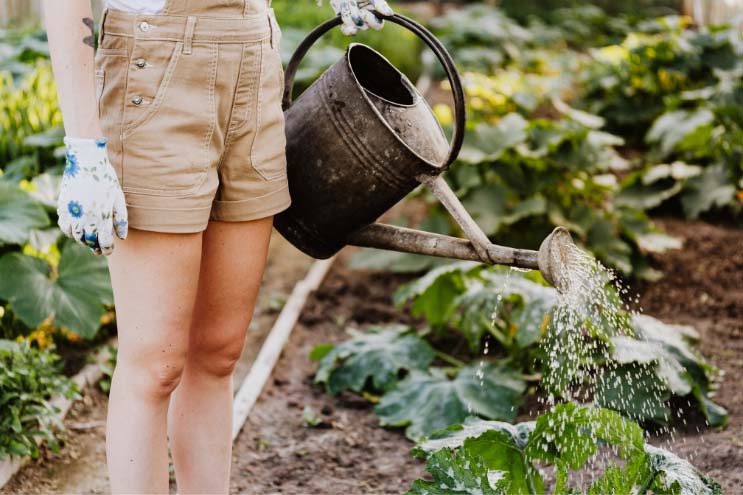
Did you know that importing vegetables into the UK releases 19 million tonnes of carbon dioxide into the atmosphere? Reducing your economic impact by planting vegetables at home is doable even for the busiest families because some seeded vegetables are easier to grow than expected. With the recent boom in home improvements, creating a vegetable garden could be your next project.
How to create a vegetable garden at home
A key factor in ensuring a harvest of tasty home grown vegetables is planting each type of seed at the right time. Most easy vegetables to grow prefer a warmer climate so will be ready to eat in the summer months. However, some are hardy enough to survive the winter.
A top gardening tip for beginners is to stagger planting seeds over the months, so you have a fresh crop for as long as possible. For the best results, watch out for weeds. The old-fashioned way of digging up weeds is more than suitable for a home garden.
Choosing easy vegetables to grow at home
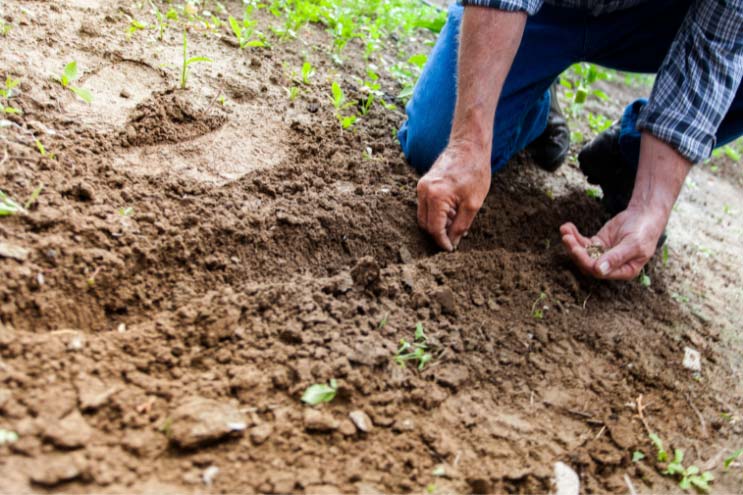
Fresh and organic homegrown vegetables are attainable when you know what vegetables are the easiest for beginners to grow. For example, choosing plants that are resistant to pests reduces the chance of crops being eaten by bugs before you have the opportunity to grow and eat them. Quick-growing vegetables will produce a regular supply during their growing period.
Plants that can thrive even in the shade are more manageable. With the British weather, tolerance to frost is important if you want fresh vegetables all year round. Vegetables with the ability to cope in poor soil are beginner-friendly too because they don’t require as much extra work.
Here are some vegetables that fit this beginner-friendly criteria.
Radishes
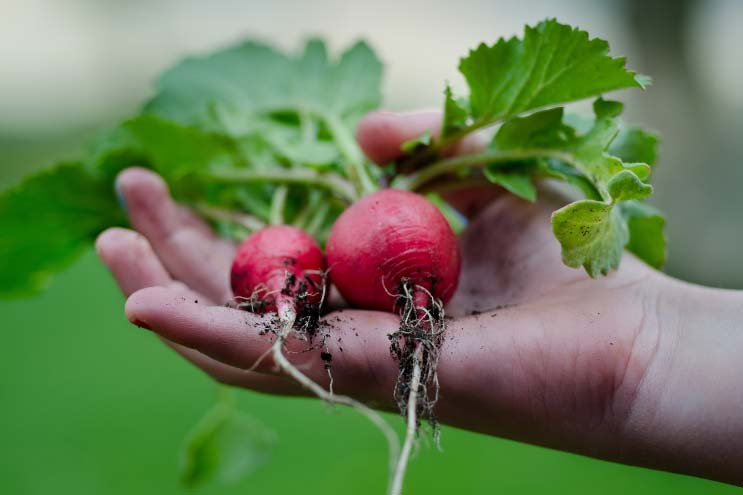
Radishes are a great choice. Their peppery taste makes them a popular addition to salads. From a gardener’s perspective, radishes grow fast with some varieties being ready to eat within 24 days of planting. As they’re hardy and can fight the frost, they’re a good vegetable to have in your rotation.
Green beans
Green beans are a classic side dish made tasty with just a bit of seasoning and butter. There are lots of varieties to choose from with bush varieties being perfect for the home grower because they grow in a compact bush, meaning they won’t take up a lot of space. They are good in poor soil making them an almost guaranteed success.
Peppers
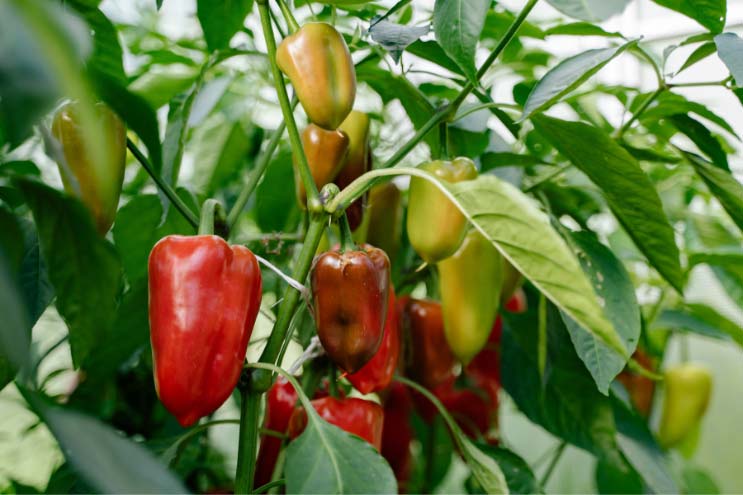
Peppers are a good choice for the sunny part of your garden because they love the heat, whether planted in a raised bed, container or on a patio. The only extra bit of care they need to produce a good harvest is stakes, so make sure there’s enough space for a trellis.
Carrots
Carrots have a lot of fun, colourful and eccentric varieties, so you can experiment with this vegetable. Plus, they are fairly easy to plant as long as you space them out in loose sandy soil (you can add sand yourself if needed).
Cucumbers
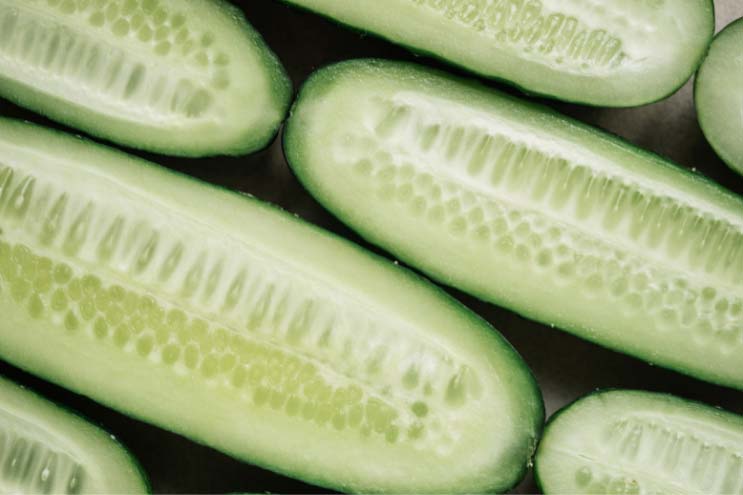
Cucumbers don’t only taste good but look good climbing up a fence or a wall. They need to be planted in a sunny spot where the soil has already been fed well. With those criteria fulfilled, you can expect a good crop of cucumbers to enjoy.
Kale
Kale is a super vegetable packed with nutrients, making it popular in healthy smoothies. It can also be baked, fried or eaten raw in salads. Another benefit is a kale plant’s leaves, buds and flowers are edible too so you can plant it early in the season and enjoy all its tasty produce for months.
Tomatoes
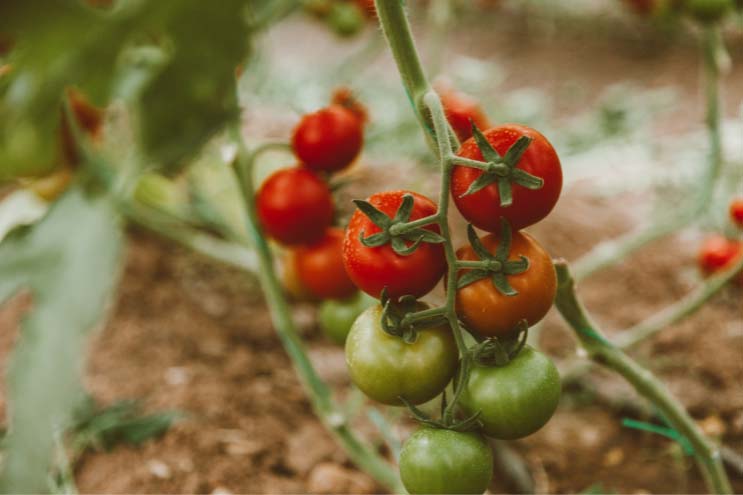
Tomatoes are used in all sorts of dishes, have lots of exciting varieties and have beautiful sprawling vines, making them a top pick for a vegetable garden. If you don’t want to start from seed, you can use a transfer plant instead.
Garlic
Garlic is one of the first crops to grow in spring. You know they’re ready to harvest when the leaves turn yellow. All that’s required to get started is planting a clove the right way up in the ground.
Lettuce
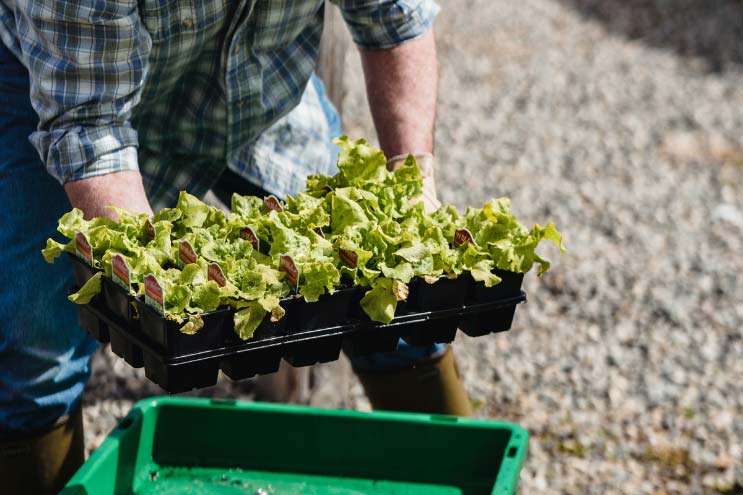
Lettuce is another salad favourite. To mix it up, buy a bag of mixed seeds so you get a surprise combination of varieties at harvest. As well as growing well from seed, lettuce likes cool weather.
What to do next if you want to grow your own vegetables
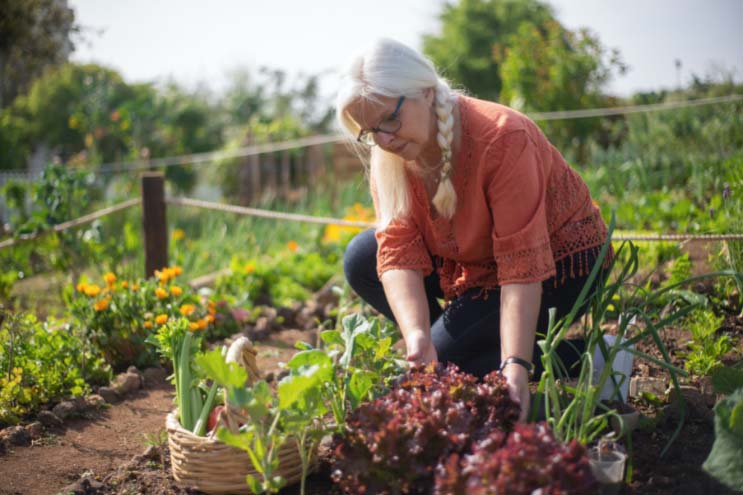
As final guidance for how to grow vegetables at home, decide where you’ll put your vegetable garden. This could be in a specific patch, greenhouse, across containers or in raised beds. Then check the calendar and plan your planting schedule with the seasons. Knowing what grows best when is key to success. Be prepared for a workout because plentiful vegetable gardens require digging, planting and weeding.
If you’re not sure if you can take on the work needed to grow your own vegetables by yourself, a professional gardener can be a massive help. Book a tradesperson through Rated People to ensure your homegrown vegetable garden gets off the ground and results in fresh and tasty produce.



